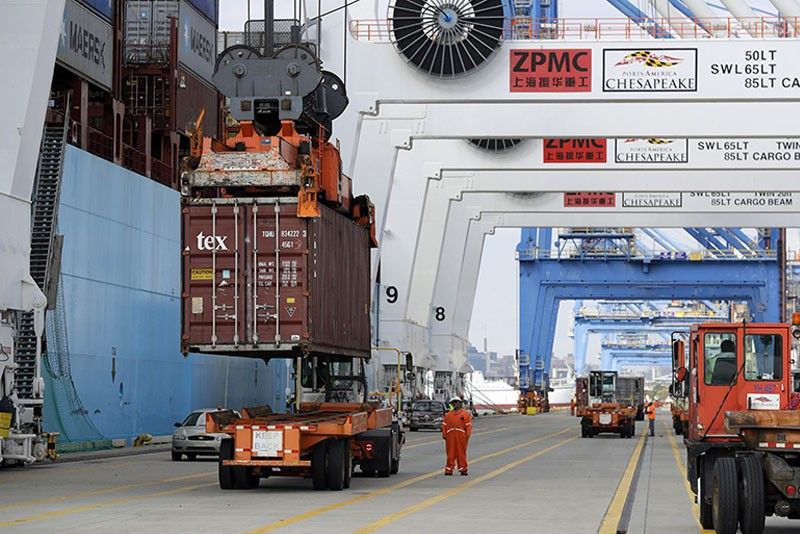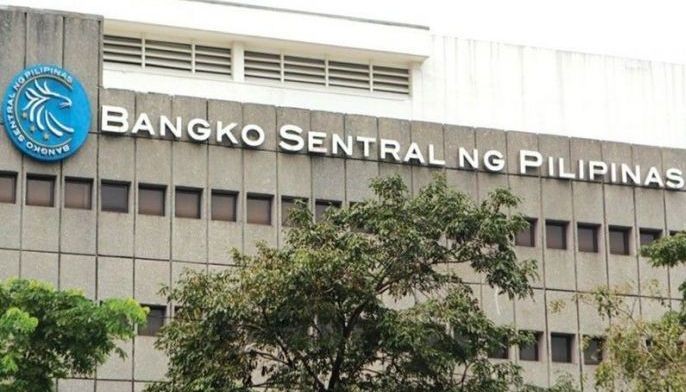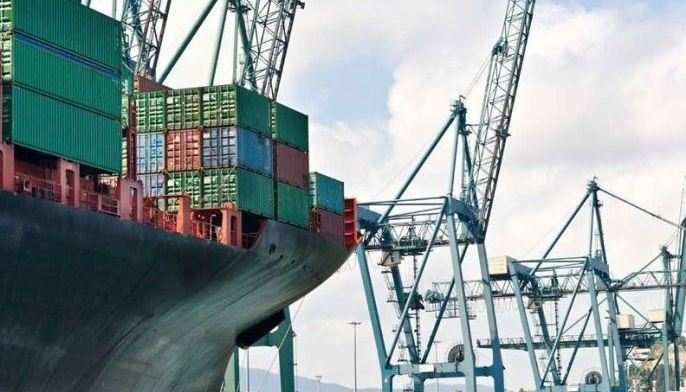Philippines' current account buffer deteriorates further in H1
MANILA, Philippines — The Philippines continued to invest more than what its national saving can finance after posting a wider current account deficit in the first half of the year, adding pressure on the nation’s weakening currency.
The country’s current account gap swelled to $3.1 billion in first six months of 2018, higher than $133 million shortfall recorded in the same period last year, the Bangko Sentral ng Pilipinas reported Friday.
The first half figure, which is estimated to be equivalent to 1.9 percent of the country’s gross domestic product, already hit the central bank’s $3.1 billion current account deficit target for full-year 2018.
This brought the country’s balance of payments, or the summary of the economic transactions of a country with the rest of the world for a specific period, to a $3.3 billion deficit from January to June.
“This imbalance is increasingly weighing on the Philippine peso though capital inflows and a hawkish central bank could moderate or offset the weakening bias,” said ING Bank senior economist Joey Cuyegkeng, who expects this year’s current account deficit to reach between 2.3 percent and 2.9 percent of GDP.
The current account position is an important indicator about the economy’s health. It measures the net transfer of real resources between the domestic economy and the rest of the world.
If the current account balance is in surplus, the country is a “net lender” to the rest of the world. Net lending occurs when the national saving is more than the country’s investment in real assets.
If in deficit, the country is said to be a “user of funds” and thus, is considered as net borrower from abroad in order to fill in the shortage.
Philippine President Rodrigo Duterte’s plan to keep his country’s growth engine humming by spending more than P8 trillion on infrastructure has been fuelling demand for imports of construction-related goods.
The increasing capital goods imports due to the infrastructure boom have reversed the country’s current account surplus to a deficit, pressuring the Philippine peso that breached the P54:$1 level this week. Meanwhile, most economies in the region have worked on building strong external balances by accumulating foreign exchange reserves to fight major capital outflows.
“The countries BOP deficit is financeable given sustained inflows from of remittances, the [business process outsourcing] earnings, tourism receipts and [foreign direct investments] and we have adequate international reserves,” said Redentor Paolo Alegre Jr. head of the BSP’s economic statistics department.
“In terms of current account deficit, this reflects sustained growth of the Philippine economy. As you know, it’s the government’s ‘Build, Build, Build’ program... so the current account deficit is in line with this program of the government,” Alegre added. — Ian Nicolas Cigaral
- Latest
- Trending






























